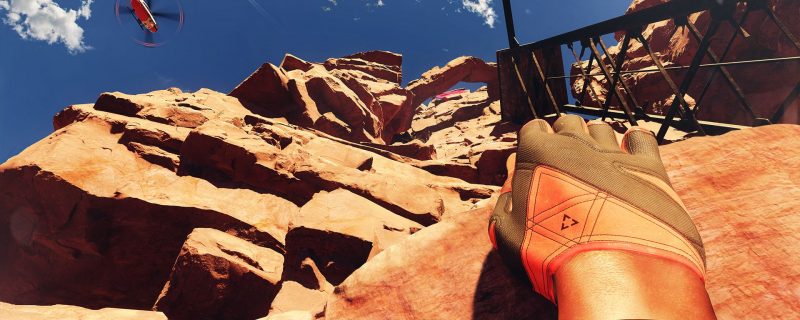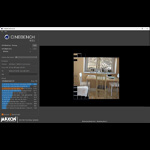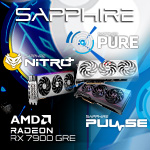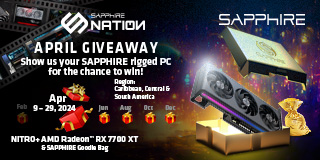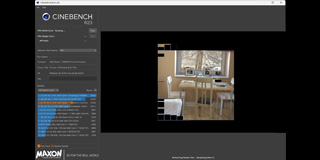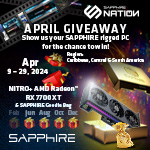
Technology like AMD’s LiquidVR is why virtual reality is going to succeed this time around.
There was nothing like it back in the 1990s, when Virtuality arcade pods offered us an exciting glimpse into virtual worlds — fighting dinosaurs in Dactyl Nightmare, blasting bots in Grid Busters. These immersive thrills, however, were tempered by low-res visuals and coin-op time limits. Nor was the experience helped by weighty hardware and juddery head tracking, which often caused motion sickness.
For some, the nausea induced by a virtual reality session was a dealbreaker. Just watch this footage of nineties VR and see for yourself.
Virtual reality sickness
Today’s VR hardware hasn’t completely eradicated queasiness. Reviewing the Oculus Rift on The Verge, Adi Robertson wrote: “I leave long-seated Rift sessions with the same fatigue I get from spending a night hunched over my gaming PC, with the occasional side of nausea and eye strain.”
While Engadget’s Devindra Hardawar commented that: “I was able to wear the Oculus Rift for about an hour typically without needing a break. Eventually, my face would get a bit sweaty and my eyes would start to feel dry.”
Eyestrain is always going to a problem. After all, when you’re wearing a Rift you are essentially strapping a 90Hz, 2160 x 1200 pixel OLED display to your face. As for motion sickness… That is something that can be minimised. It’s where the LiquidVR software development kit on AMD’s Graphics Core Next (GCN) architecture comes in.
Why LiquidVR matters
LiquidVR’s goal is to reduce unwanted processing latency to deliver a consistent frame rate. And a consistent frame rate deepens immersion and improves comfort, reducing ‘motion-to-photon’ lag no matter how wildly you move your head around.
AMD’s technology delivers four key benefits that make this possible — GPU per eye support for dual GPU set ups; direct-to-display for the headset (delivering an easy plug-and-play VR experience); Asynchronous computing to minimise stuttering — adopted by Oculus as Asynchronous Time Warp (ATW) — and last data latch, which ensures that any connected head-mounted display is always using the most recent head-tracking data.
Headsets like the HTC Vive and Oculus Rift can deliver a great experience on their own. Using LiquidVR makes that experience even smoother and richer.
LiquidVR movie-making
AMD’s SDK is not just aimed at VR games. This time around, virtual reality is far bigger than that and its potential reaches out into the realms of entertainment, training, tourism and education. As Roy Taylor, Corporate Vice President Alliances, Content & VR at AMD points out:
“[We have] delivered Liquid VR and our free rendering software called Radeon Render and distributed our hardware in partnership with every major studio in entertainment — HALON, The Third Floor, VRC, Specular Theory, Prologue Immersive, The Secret Location, Proof, MPC, Weta, Blur and more. Currently their projects are under NDA but we plan to announce more partnerships over the coming weeks.”
So whether you want to dogfight in deep space with EVE: Valkyrie, fly to the moon with Neil Armstrong in The Apollo 11 Experience or watch a 360 degree video, a graphics card that features LiquidVR will deliver an immersive experience that exceeds your expectations.
Get LiquidVR with a SAPPHIRE VR-Ready graphics card.





